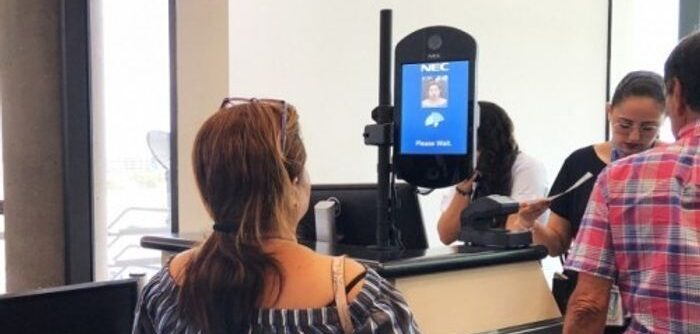Tampa International Airport (TPA) in Florida has installed eight biometric scanners for its international airline gates and plans to implement several more.
When a passenger walks up to the gate, the biometric scanner will take a photo, compare that with the passport photo on file with CBP, ensure the passenger’s name is on the flight manifest and will clear or reject the passenger within five seconds. As soon as the automatic gates open for the passenger to pass through, they will immediately close before the next passenger is able to board. The biometric scanner has the capability to prevent piggybacking and can also be modified for those needing to use a wheelchair.
While the current average boarding time for an aircraft carrying approximately 130 passengers is approximately 30 to 40 minutes, the airport expects a plane of that size to be able to board in 11 minutes with this technology. Within the next 10 to 15 years, TPA also expects to have the technology in place for passengers to use biometrics to check a bag, use the shuttles, pass through TSA and board a flight, all without needing a paper boarding pass.
David Golden, IT analyst at TPA, said, “By 2024, US Customs and Border Protection (CBP) has mandated that all US international flights use biometric scanners. The ones we’ve been implementing at TPA will replace, in many cases, the traditional boarding pass scanners. We are joining the ranks of other major airports using this new technology to speed up and simplify the airport experience. Multiple airlines are currently working with the airport to implement this new process and our goal is to have multiple biometric scanners in use soon. The future is here, and the future is amazing.”
To read more updates about biometrics in the airport terminal, click here.

